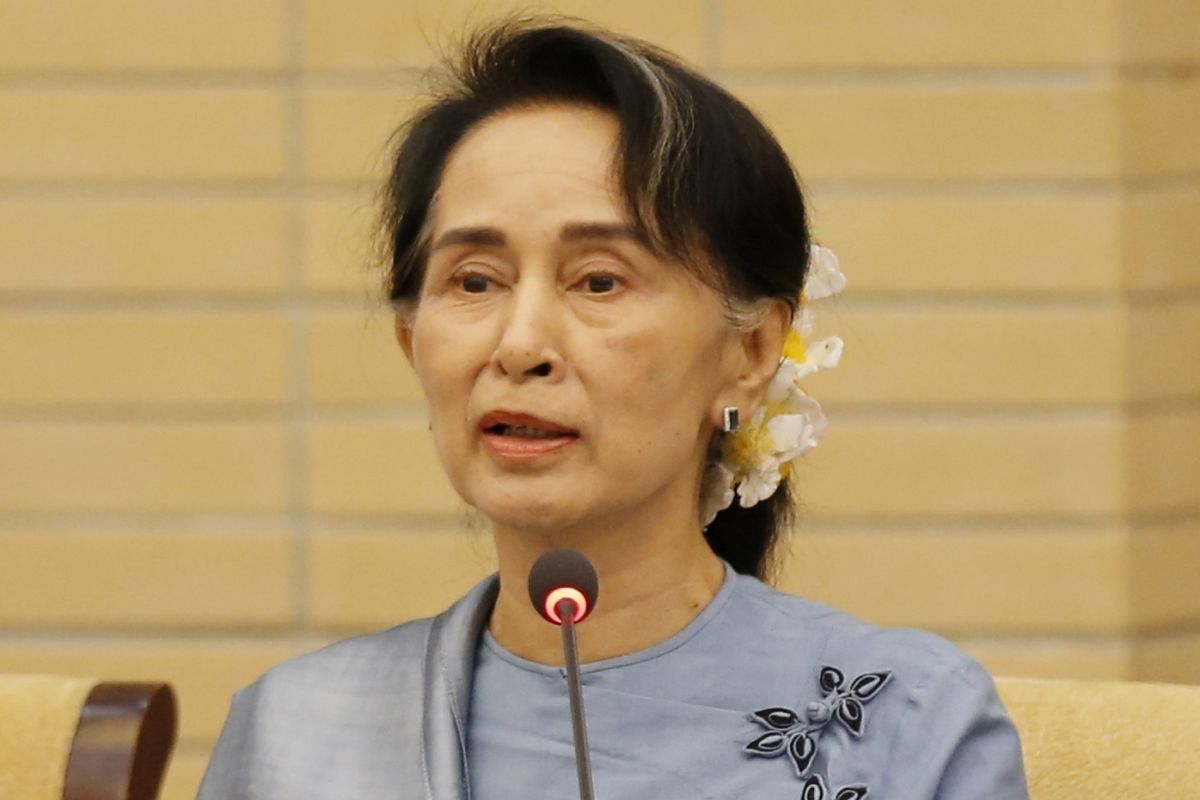Aung San Suu Kyi’s appearance in court via video link has happened at a critical juncture for Myanmar. At least three attendant factors are striking.
First, countries that comprise the Association for South East Asian Nations (Asean) have ramped up the pressure on Myanmar over the coup on 1 February, the imprisonment of Suu Kyi, and the repression of protesters thereafter, most particularly in the two largest cities of Yangon and Mandalay.
While the country had been almost totally isolated by the United States under Barack Obama during her earlier incarceration, this time it has been reduced to a state of unsplendid isolation within the regional bloc.
The other is that Suu Kyi’s virtual presence in court has come a day after at least 18 protesters were killed by security forces in the bloodiest crackdown since the military takeover. Thirteen more were done to death on Wednesday.
Yet another must be that two additional charges have been added to those filed against her since the military coup a month ago.
One charge, derived from the country’s colonial-era penal code, prohibits publishing information that may “cause fear or alarm”. Linked to that is the allegation that she possessed telecommunications equipment without licence. She has, therefore, been charged with publishing information to “cause fear and alarm”, a form of unofficial censorship if ever there was one. She was initially charged under import-export laws over the possession of six walkie-talkies, and later charged with violating a natural disaster law by breaching coronavirus protocols.
The leader of the National League for Democracy (NLD) has not been seen in public since her government was ousted in a military coup on February 1, when she was detained along with other party leaders. Well and truly has Myanmar turned the clock back three decades after her earlier detention. In the early 1990s, following a spectacular victory in the election, she was not allowed by the junta to assume power.
A not dissimilar situation has recurred in February 2021 and with a measure of brutal suppression of people’s protest, of a kind that was scarcely witnessed three decades ago. As Suu Kyi appeared in the video conference court hearing, police in the main city of Yangon used stun grenades and tear gas to disperse protesters, a day after the worst violence since the coup.
This just about points to the mobilisation by the forces and the counter-mobilisation by the people. As many as 18 deaths on a single day lends a deeply tragic dimension to the upsurge, intrinsically a movement for the restoration of democracy. “We have to continue the protest, no matter what,” said a demonstrator, a determined resolve that has resounded in the echo chambers of GHQ and the cantonments. It is virtually a conflict between the military and the disenchanted populace. Myanmar is back to junta rule.










